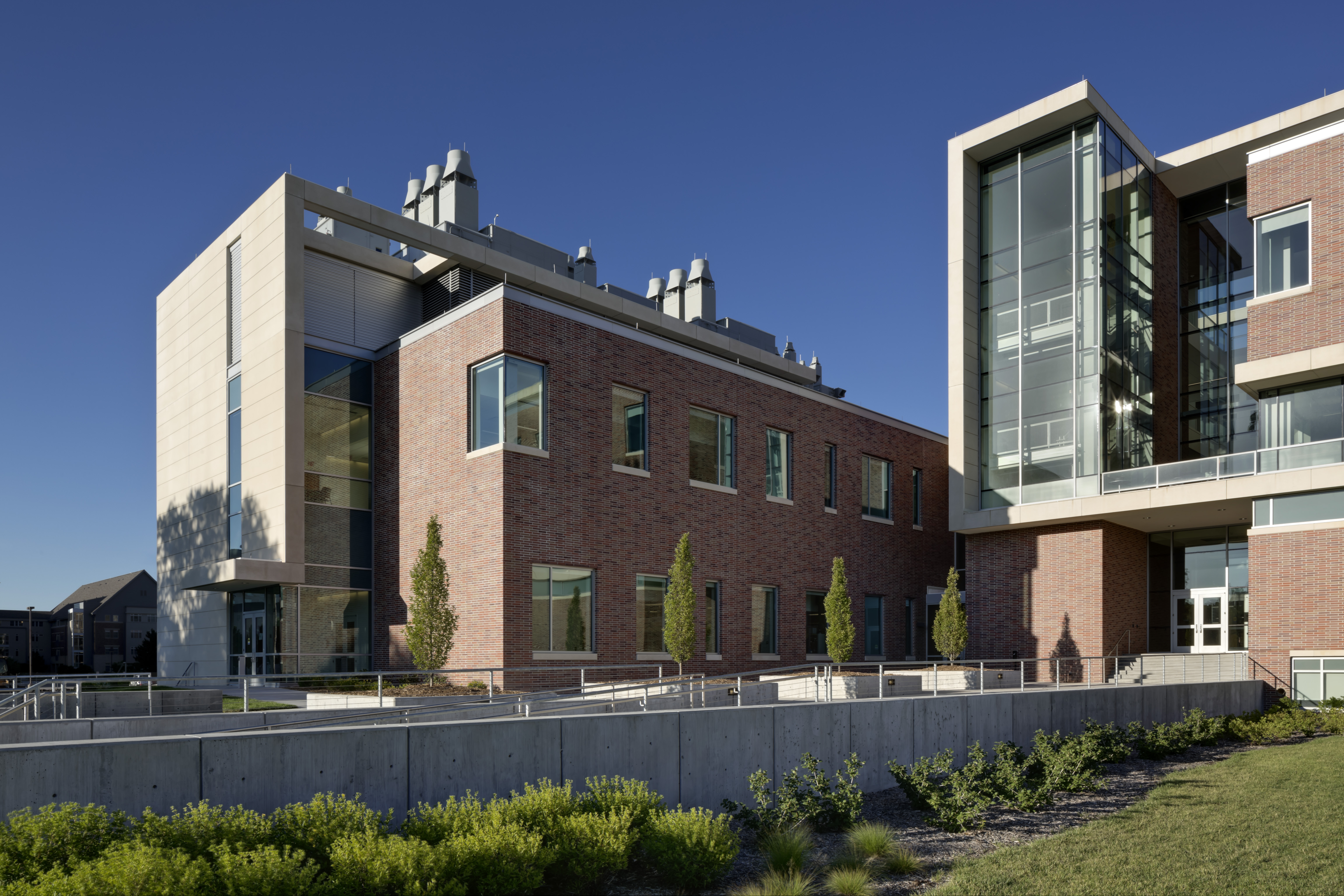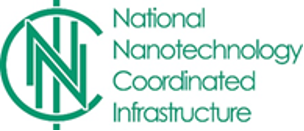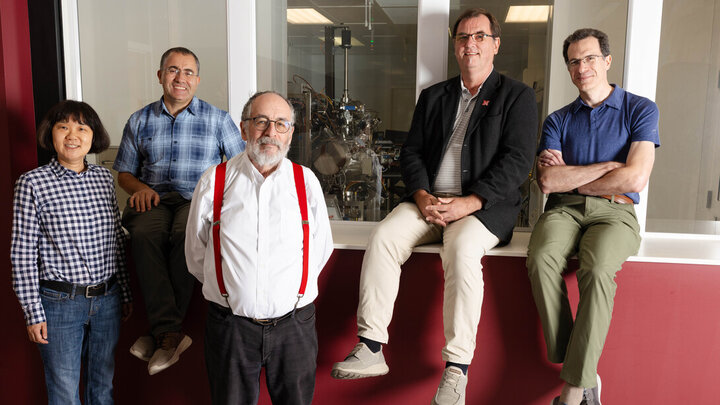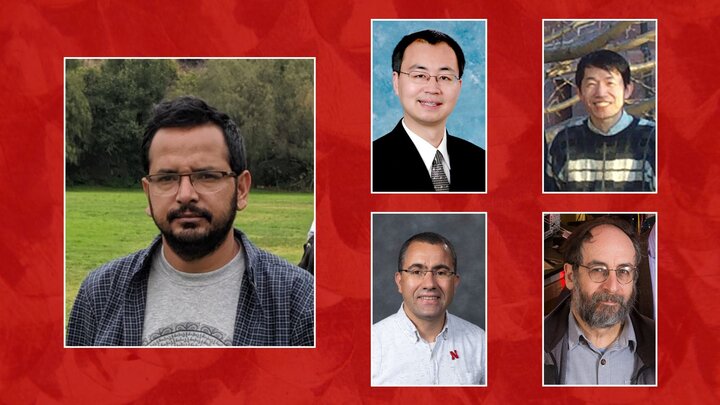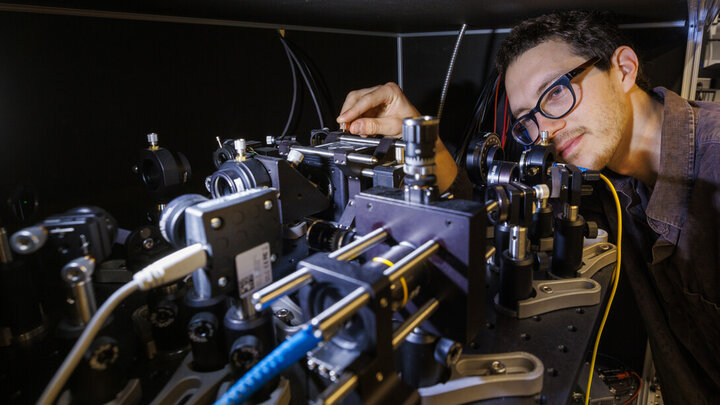The Nebraska Nanoscale Facility (NNF) is the result of a nearly $3.5-million NSF grant to establish a regional center of excellence in nanoscience and nanotechnology. First awarded in 2015, the grant was renewed for another five years in 2020, ensuring its continuation through at least 2025.
NNF is one of 16 centers created under the NSF’s National Nanotechnology Coordinated Infrastructure (NNCI), which is a nationwide network of sites whose goal is to provide the US with the research and educational infrastructure for transformative advances in fabrication, understanding and utilization of novel nanostructures, materials and devices.
Acknowledgement Text:
"The research was performed in part in the Nebraska Nanoscale Facility: National Nanotechnology Coordinated Infrastructure and the Nebraska Center for Materials and Nanoscience (and/or NERCF), which are supported by the National Science Foundation under Award ECCS: 2025298, and the Nebraska Research Initiative."
